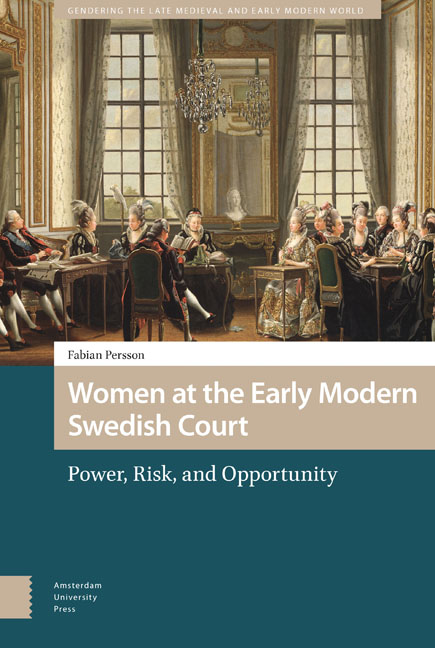10 - The Performance of a Lifetime: Being Queen Consort
Published online by Cambridge University Press: 15 April 2021
Summary
Abstract
How could a queen succeed? To master the challenges facing a young, foreign-born queen she had to rely on her own personal skills, her education, the ability of the court to help her, and, ultimately, political realities. Some fundamentals could make or break the performance of a new queen. Was she deemed attractive? Was she robust enough to withstand exhausting ceremonies? And could she overcome any shyness? Most queens tried to adapt to some degree. Learning Swedish and claiming to be Swedish became increasingly important. Performing in public met with mixed success, with most queens scoring some victories, but some failing because they were shy or awkward.
Keywords: foreign, language, performance, etiquette, shyness, sociability
When Queen Lovisa Ulrika in April 1761 decided to enter Stockholm on horseback the inhabitants were treated to a sight ‘they perhaps had never seen before, their Queen riding through town from Karlberg to the Palace’. A queen riding in the saddle rather than being drawn in a carriage was unconventional and a mark of the Queen's boldness. Lovisa Ulrika riding through the streets of Stockholm illustrated that what a queen could do was shaped by tradition and circumstance, but also partly a choice made by an individual.
The Grand Master of Ceremonies, Leonhard von Hauswolff, was impressed by Lovisa Ulrika's talent at being a queen in public view. Her son was selfassured in his public appearances ‘which surely was a legacy from His Mother, who though fairly short, performed in public splendidly.’ Lovisa Ulrika made her last public appearance in the summer heat of late July 1782. After her death she then lay in state for five days, her lit de parade on a podium in the palace for ‘public viewing’. Afterwards a large condolence reception (kondoleanscour) was held in the palace. Everyone who was anyone attended: Royal Councillors, government officials, the city dignitaries, foreign diplomats and all. They gathered in the Great Gallery, and then went through to the reception line in the State Bedchamber where they were received by the King and the rest of the royal family.
Early modern queens had to perform in public from the moment they became queen until after death. They attended christenings, they dined in public, they presided over presentations at court, they held receptions, and each performance had its own requirements.
- Type
- Chapter
- Information
- Women at the Early Modern Swedish CourtPower, Risk, and Opportunity, pp. 229 - 242Publisher: Amsterdam University PressPrint publication year: 2021

